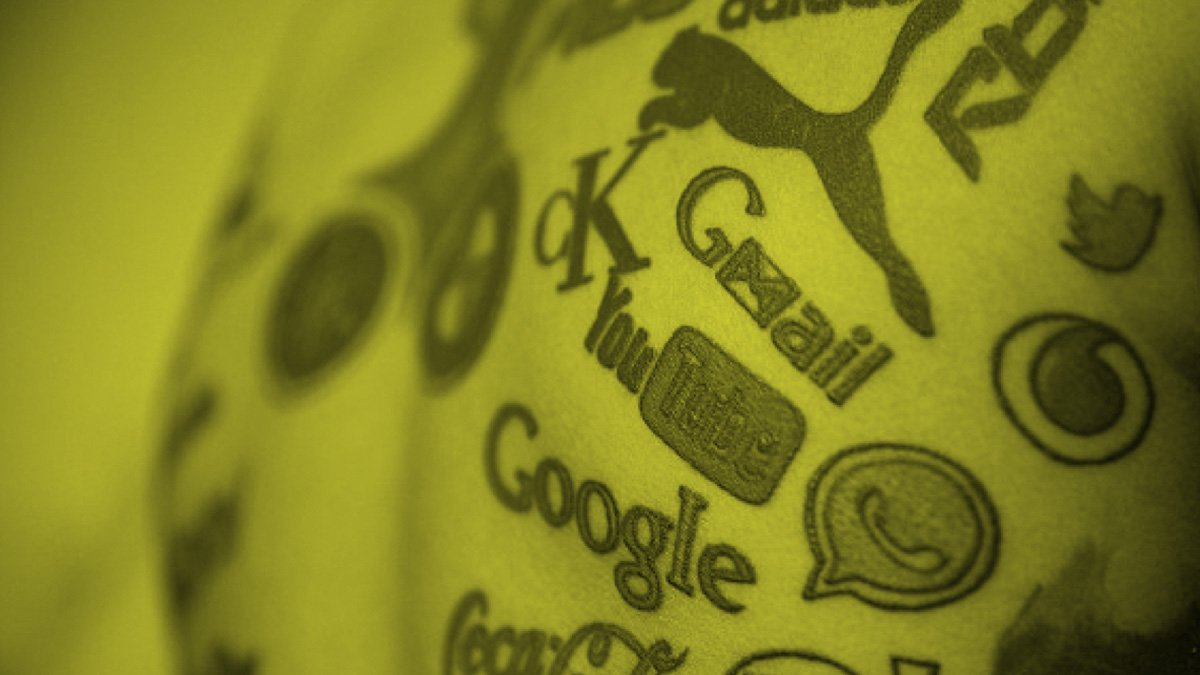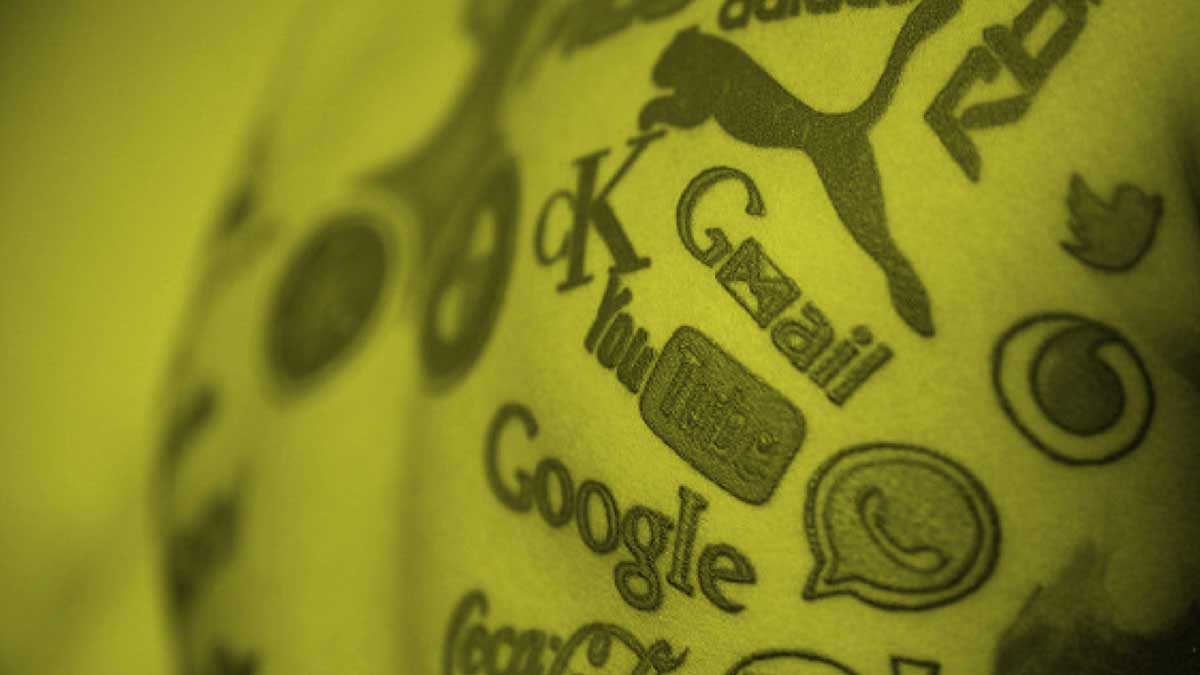A Hamster Wheel In The Forest
If you take a proven concept and place it in a new context, you may find out things about your audience that you didn’t know. What actually motivates them. What they are really thinking. Why they are responding the way they do.
Scientists recently did an experiment. What would happen if you put a hamster wheel out in the forest? No food. No red button to press to get a treat. Just the wheel, an open door and a motion activated cam.
Mice, rats, shrews, voles, lots of little guys who were obviously not getting enough exercise showed up. They ran. They came back again and again. It turns out hamster wheels aren’t just for the incarcerated. When the scientists took it away, they all kept showing up wondering why the gym had closed.
If you take a proven concept and place it in a new context, you may find out things about your audience that you didn’t know. What actually motivates them. What they are really thinking. Why they are responding the way they do.
Contextual awareness is the next major hurdle in marketing. The goal is being aware of your customers changes in location, behavior, interests and needs at any given moment, as those moments change. Do you truly understand what makes your customers tick?
photo credit: Philip Roberts @flickr.com
Under Your Skin
Branding is a lot like tattooing. It’s far better to think it through and make the investment than to cobble it together bit by bit.
My wife Beth has some tattoos, a few different styles, added at different times, and scattered about. One cluster she wasn't happy with anymore. She decided to join them together into a single design that was unified and had continuity.
In the tattoo world, they call this a “cover-up”. But obviously you can’t just start over with a clean slate. You have to incorporate the old designs into the new one in order to hide them.
It’s complicated, expensive and it takes far longer to do than the original. Meaning even more time under the needle. Ouch.
I’ve been working with a entrepreneur who realized the brand presence they have is a bit of a mess. They had developed it piecemeal, designing new elements as they were needed. But as it became larger, the brand became scattered.
As we worked to clarify his brand strategy and create an cohesive design system, it struck me that branding is a lot like tattooing. It’s far better to think it through and make the investment than to cobble it together bit by bit.
Because doing a brand cover-up hurts.
"Design ROI"-Rob Wallace
Rob Wallace's guest-post article on "Design ROI" represents the culmination of five years of independent research on empirically calculating design’s value and provides ground-breaking thought leadership on quantifying design’s return on investment.
[The following article is a guest post from my good friend Rob Wallace of Best of Breed Branding. Posted with permission from the author.]
DESIGN ROI
Age of Accountability
While we live in the design age, we also live in the age of information and accountability. Today every business decision is supported by accurate and timely data. Every effort is scrutinized for its direct impact on the bottom line. The new corporate mantra is, ”if you can’t measure it, you can’t manage it.” In the vernacular, management is asking, “show me the money”. If you are a design manager, my goal is to help you do just that.
The Proof
I wrote an article for the Design Management Journal that has been described as providing “ground breaking thought leadership” on quantifying design’s return on investment. Please email me for a copy at Rob@wallacechurch.com
This article represented the culmination of five years of independent research on empirically calculating design’s value. It was built on an ROI methodology created by statisticians and used data from Wallace Church’s brand identity/package design assignments plus a handful of additional case studies supplied by major cpg corporate package design departments. The methodology is outlined in Don E. Schulz and Jeffrey Walters’s book, “Measuring Brand Communications ROI” which is available on Amazon.
This article concluded that, on average, every dollar invested in advertising and package design resulted in over $7 in incremental value for the brand. Great news! But even more interesting is the data from case studies where there was no advertising and package design was the only element that changed. In these cases every dollar spent in brand identity/package design generated over $400 of incremental profit.
New Insights From the Forefront of Design ROI
It has been several years since this article’s first publication, and I’m happy to report that the additional data we have garnished further supports design’s paramount ROI. I’m also happy to report that, independent of this article, the greater business community has begun to recognize design’s paramount value in brand building. I am however, disappointed to report that we as an industry have yet to embrace a standardized method to measure design’s direct financial impact. And as a result, many design managers still have to fight hard to justify the resources required to fund and manage the design process.
ROI Roadblocks: Reluctance, Fear, and Disbelief
While most design managers believe that proving our value would greatly benefit the design process, many remain skeptical. To some, it’s wrong to extract design from all the other tools that drive purchase behavior. One individual articulately commented, “I have spent so much of my energy convincing marketing to consider design as an integral part of a synthesized branding effort, why would I want to separate it now? Even if we can, we shouldn’t measure design in a vacuum, but as part of an integrated whole”.
There are those who consider the $400+ ROI result shockingly high and therefore not believable. This result seems hyperbolic, and therefore, is an easy target for “too good to be true” skepticism.
To those concerned, I say, try it. Prove or disprove it to yourself before abandoning the notion. Until we can segment each marketing effort’s specific impact on the bottom line, we’ll never know how to best dedicate limited resources.
There are a number of prominent design practitioners who are simply reluctant to be quantified. I well remember a discussion with design evangelist Tom Peters, and how he emphatically emphasized that design must never be “relegated to the providence of the bean counter”. I understand his point. Still, I’m convinced that senior management will no longer allow design to fly below the accountability radar screen. To those who are reluctant to being quantified, I suggest that we designers initiate our own accountability process. We need to set our own standards and develop our own best practices. For if we don’t, surly a process will be thrust upon us.
There are those who are concerned about setting the bar and having to continually raise it. “Congrats! Our last design project resulted in a $400 ROI. Tomorrow I expect $500, then $750 and then $1,000.” To those who fear this upward spiral of expectations, I suggest that we first establish our own base standard and then embrace a process of constant improvement. We need to continually hone our best practices until we determine design’s ultimate profit potential.
Then there are those who are concerned that the methodology is not universally extendable to all design disciplines. Most, if not all, design disciplines result in a “before and after” that can be measured and compared against costs. Disciplines such as product design, merchandising and promotion all have measurable variables. Some design disciplines have success criteria built into them such as web design “click throughs”. Even “soft measure” design disciplines such as corporate identity or environment design, can be analyzed against perceived stock price or worker productivity. While there may be no one “magic bullet”, I am passionately convinced that all design initiatives can and should be quantified in financial terms.
Lastly, and perhaps the largest group of naysayers are those who flatly respond, “It simply can’t be done.” These folks ask, how can you pin point design’s specific impact? How can you control the competition or the market dynamics, or Wall Street, or the rainy Tuesday that discourages shoppers from leaving home? Until we can isolate design from all of these uncontrollable elements we simply can’t measure it.
The Moment of Truth
In the last several years, we have discovered that there is a moment in time where all of these ancillary influences can be metered out and package design can be isolated as the only variable. This golden opportunity occurs when launching a major brand redesign effort.
During a redesign initiative, there is always a transitional phase where the new design architecture is “phased-in” to the existing shelf set. New design gradually replaces the old as the product is sold through. This transition often takes a number of months and can be a critical time to measure design’s impact. Here’s how to take advantage of this moment of truth.
Select one retailer to sponsor the new design. Launch the new identity in its entirety into selected stores in a specific geographic market. Divert the old packaging to the same retailer’s stores in a near-by geographic area with the same consumer dynamics. Keep the pricing and merchandising efforts identical. And then simply measure sales between the test and control stores for a period of several weeks.
During this test period, the brand’s offerings are consistent, the ad campaign and its frequency are the same, and all of the intangible and uncontrollable social and economic aspects are all identical. The same Wall Street dynamics and the same rainy Tuesdays preside. Design is the only variable, and the incremental sales that it generates are irrefutable.
The Good and Bad News
These research results have been remarkably higher than expected. New data shows an average of more than $500 of incremental sales for each dollar invested in design. In one recent case study for a leading national cpg brand, design’s ROI was nearly twice that. So what’s the bad news? The results are almost too high to be believed. The results might be more acceptable if they were more like 10 or even 50 to one, but at literally twenty times this rate, they seem “too good to be true”.
Proving the Impossible
The numbers may seem overbalanced because the cost of a package design assignment is so small when compared to other marketing initiatives. The investment in a new identity for a multi-SKU major cpg brand might require a couple hundred thousand dollars in design fees while this same brand might commonly invest millions or tens of millions of dollars in advertising. If done well, package design architecture can out live two to three ad campaigns. Imagine the media cost if you were required to run an ad that would be seen by all of your possible consumers. In the cases studied, research indicated that only 7% of consumers see an ad before experiencing the product at shelf. Now consider how many possible consumers see your package design. Virtually 100% of your current and potential consumers see your brand’s identity at retail. With up to 70% of brands in high turn selling environments purchased on impulse, design is the last and most critical opportunity to influence the sale. Considering all these factors certainly design’s unsurpassed ROI can be justified.
A New Design Advocacy
If we as an industry are going to prove design’s ROI, then this message cannot come from design consultants, but from corporate design management and independent, impartial and credible associations. Organizations like the Design Management Institute and the American Marketing Association need to take up the cause. In the UK, the British Design Council has maintained a well-respected program called the Design Effectiveness Awards where design is awarded merit based not on arbitrary aesthetics but on marketplace performance. We need its compliment here in the US.
I am calling for a new breed of design advocates to join the fray. I’m looking for a number of passionate professionals to build upon the initial data. I am seeking new advocates to apply this or other methodologies across the entire spectrum of design disciplines. From these ROI results and the processes that drive them, I see best practices emerging, industry-wide adopted standards around the appropriate time and resources dedicated to design so as to generate its highest ROI. This will be the day that design’s golden age will truly be actualized.
Interested? Drop me an email and I’ll forward you the methodology and engage you in an ongoing dialogue with other industry thought leaders. Email me at rob@bestofbreedbranding.com and let's together speed the process to empirically proving design’s value.
photo credit: Anthony Albright@flickr.com
Going Small
There is a trend happening in the branding and design world. Large client companies are divesting themselves of their big agency relationships and hiring much smaller agencies. And the big agencies are freaking out.
There is this thing called the Ringelmann Effect. Stay with me on this. Maximilien Ringelmann, a French agricultural engineer did an experiment where he asked people to perform a simple task: Pull on a rope. What he learned was that when there is only one person pulling, they give 100% of their effort. The more people you add to the rope the more the effort goes down.
Jeff Bezo’s has a saying, “Any team that can’t be fed by two pizza’s is too large.”. The bigger the team, the more complexity, miscommunication and bureaucracy. The less effort.
There is a trend happening in the branding and design world. Large client companies are divesting themselves of their big agency relationships and hiring much smaller agencies. Like 2-10 people small. I know because I did it myself at Pepsico. And the big agencies are freaking out.
The reason is that the big clients have finally figured out that when you have a tiny agency team pulling on your project rope, they pull really, really hard. They deliver above and beyond.
So as you think about how to handle your next project, consider going small.






